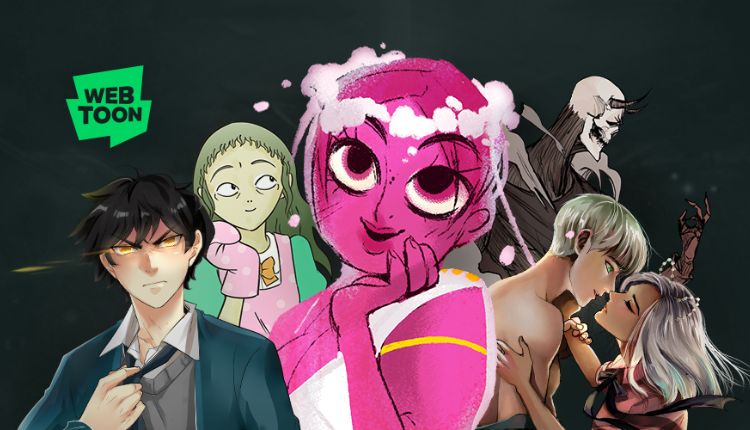Among the many genres, “Manga hentay” stands out as a controversial but highly sought-after category. Although it carries a certain taboo, its popularity is undeniable in domestic and international circles. This article examines the concept of hentai manga, its appeal, and the factors that contribute to its growth, while examining the debates and criticisms that surround it.
Understanding Manga Hentai
Manga hentay refers to a specific type of Japanese comic that contains orientated themes and explicit content. Unlike mainstream manga, which can target all age groups, hentai is explicitly designed for readers, often featuring themes, provocative imagery, and mature storytelling. It is important to distinguish hentai manga from general material, as it often combines narrative depth with erotic elements, sometimes even exploring psychological or fantasy scenarios that go beyond mere content.
The term itself has been subject to misinterpretation outside of Japan. While many non-Japanese speakers equate all manga with Manga hentay, in Japan the term specifically refers to explicit works. As such, understanding the cultural and linguistic context is essential to understanding its place in the wider manga industry.
Manga hentay challenge
The allure of Manga hentay can be attributed to several factors. First, the art style and creativity in these works is often very detailed and imaginative. Artists take a lot of time to create compelling characters, complex environments, and scenarios that grab readers’ attention. For many fans, this combination of artistic skill and content is the primary attraction.
Second, storytelling in manga hentai can be surprisingly complex. Many titles feature stories that explore relationships, human emotions, and fantasy worlds, making the experience engaging beyond the themes. The fantasy element allows readers to explore scenarios they may not encounter in real life, adding a layer of escapism and intrigue.
Last but not least, availability plays a role. With the advent of digital platforms, hentai manga has become widely available to an international audience. Online communities, fan translations, and dedicated websites contribute to a growing global audience, expanding the genre’s reach far beyond Japan.
Cultural and legal perspective
Manga hentay exists in a complex cultural and legal landscape. In Japan, content is regulated and artists must comply with censorship laws that restrict the depiction of certain body parts or acts. Despite these limitations, the genre thrives and maintains a devoted fan base.
The reception of hentai manga varies greatly internationally. Some countries classify it as illegal material due to its explicit content, while others treat it with tolerance under freedom of expression laws. This disparity affects how easily works can be shared and consumed, influencing global discussions and debates about the genre.
Criticism and controversy
Manga hentay is not without controversy. Critics say it can perpetuate unrealistic expectations, objectify, and in some cases, create inappropriate scenarios. These criticisms have sparked debates about ethics, censorship, and responsibility in the creation and distribution of such material.
However, proponents argue that manga hentai is a form of artistic expression and fantasy that should not be equated with real-life behaviour. They point out that many works focus on storytelling, character development, and imaginative worlds, making the genre more than just content.
Impact on pop culture and fandom
Despite the controversy, Manga hentay has undeniably influenced pop culture. It has contributed to the popularity of cosplay, fan art, and online communities dedicated to discussing and sharing content. The genre’s influence can also be seen in mainstream anime and Manga hentay, where certain artistic techniques and narrative tropes first popularised in hentai have crossed over into other forms of media.
The fandom surrounding hentai manga is highly active and diverse. Online forums, social media groups, and fan gatherings provide spaces for enthusiasts to connect, share insights, and collectively explore the genre. This community aspect reinforces the cultural significance of manga hentai, making it more than just a fringe category.
Digital transformation and accessibility
The digital age has revolutionised Manga hentay. Online platforms allow creators to distribute their work globally without relying on traditional publishing channels. This availability led to an increased variety of content, with independent artists experimenting with new themes, art styles, and narrative structures.
The digital transformation also raises questions about copyright, content moderation and the responsibility of platforms hosting material. Many websites use age verification and content warnings to ensure ethical distribution, but issues with managing accessibility and protecting vulnerable audiences remain.
Conclusion
Manga hentay occupies a unique and controversial position in the manga industry. Its combination of content, artistic expression, and storytelling has captivated audiences around the world while sparking debates about ethics, legality, and cultural perception. Understanding the appeal and criticism of hentai manga requires a nuanced approach that acknowledges both its creative value and the social concerns it raises. As the genre continues to evolve, digital platforms and international communities are likely to shape its future, ensuring that hentai manga will remain a topic of fascination and discussion for years to come.
Frequently asked questions
What is the difference between hentai manga and regular manga?
Manga hentay is specifically aimed at contains explicit content, while regular manga can target all ages and usually focuses on telling stories without themes.
Is hentai manga legal?
Legality varies from country to country. Japan is governed by censorship laws, while other countries have different restrictions depending on the content and age of the characters depicted.
Why is hentai manga popular internationally?
Its popularity is driven by artistic quality, imaginative storytelling and the availability of digital platforms that make it accessible to a global audience.
Can hentai manga be considered art?
Many fans and critics argue that it is a form of artistic expression that combines narrative depth, character development, and visual creativity beyond its themes.
How can I access manga hentai safely?
It is important to use legal platforms that verify age and provide content warnings, ensuring responsible and ethical consumption.

